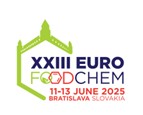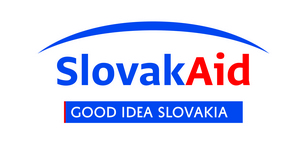Scientific journal
Journal of Food and Nutrition Research
Summary No. 4 / 2015
Lejková, J. – Koreňová, J. – Ženišová, K. – Valík, Ľ. – Kuchta, T.
Isolation of autochthonous lactic acid bacteria from ewes’ lump cheese, bryndza cheese and barrelled ewes’ cheese, and their characterization using Fourier transform infrared spectroscopy
Journal of Food and Nutrition Research, 54, 2015, No. 4, s. 308-313
Jadža Lejková, Department of Microbiology, Molecular Biology and Biotechnology, Food Research Institute, National Agricultural and Food Centre, Priemyselná 4, 824 75 Bratislava 26, Slovakia. E-mail: j.lejkova@gmail.com
Received 15 June 2015; revised 19 June 2015; accepted 22 June 2015; published online 18 September 2015.
Summary: Autochthonous lactic acid bacteria were isolated from ewes’ lump cheese, bryndza cheese and barrelled ewes’ cheese produced in Slovakia. The collection of 404 isolates obtained was characterized by Fourier transform infrared (FTIR) spectroscopy. Lactococcus lactis subsp. lactis was found to be dominant in the majority of samples, followed by Lactobacillus curvatus, Lb. casei and other Lactobacillus spp., Lactococcus spp. and Leuconostoc spp. FTIR spectroscopy was used also for rapid grouping of Lactobacillus colonies grown on de Man - Rogosa - Sharpe agar, as a rapid preparation step prior to molecular-biological identification. Using binary mixtures of selected Lactobacillus spp., heterogenity within colonies of one strain on individual plates ranged from 0.082 to 0.338, and heterogenity between two strains ranged from 0.620 to 1.022, which facilitated grouping of colonies of one strain. Results demonstrated that FTIR can be effectively used for characterization of lactic acid bacteria isolated from cheese, including closely related species, and for rapid grouping of isolates at culture-based analysis of biodiversity in cheese.
Keywords: cheese; Lactobacillus; Lactococcus; identification; Fourier transform infrared spectroscopy; rapid method
Download:
(pdf, 107.75 Kb, 2212x)










